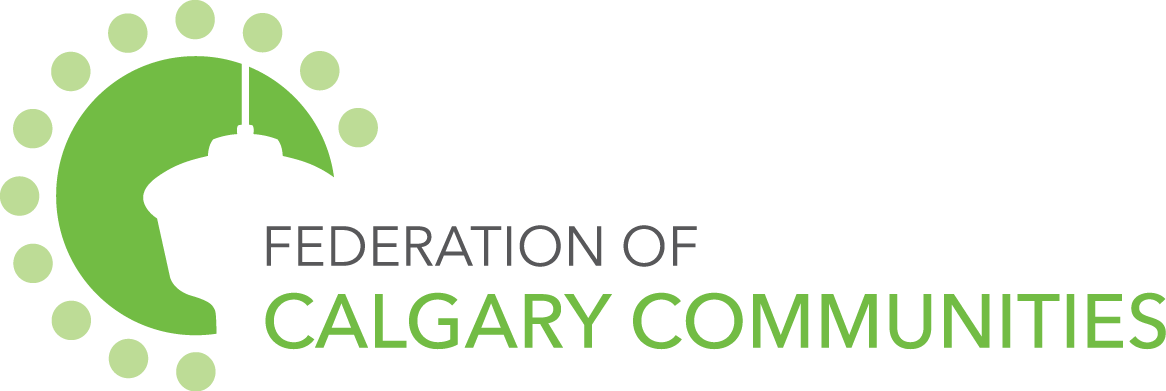The Urban Design team went to PUD on Monday March 5th to discuss their approach to outline plans and other related issues. Decisions were not made but Administration was to confirm council’s interpretation to ensure they were moving in the right direction. Many of you engaged with the Federation and the city on an initial design gaps exploration exercise. Your participation helped to steer the direction of Attachment 1 as it pertains to Outline Plans. The following are the report and a short summary of their content
Urban Design Initiatives Update – PUD2018-0170
Attach 2 – Scope of Work – Redundancies
Attach 1 – Scope of Work – Outline Plan Design Gaps
Attach 3 – Scope of Work – Urban Design Review Framework Monitoring
Attach 4 – Getting to Quality Development
- Urban Design Initiatives Update- summarizes the entire scope of the project. The purpose of going to PUD was to confirm council’s interpretations on the following initiatives: Scope 1, 2,3.
- Attachment 1- Outline Plan Design Gaps
- Purpose: ensure development of high quality, well designed neighbourhoods
- Council Direction:
- identify and evaluate any design gaps that occur in outline plans and determine how to address these gaps; and
- evaluate any redundancies that may exist among the organizational bodies involved in the review process.
- Scope of work:
- The project will explore current outline plan design gaps that may exist, focusing on three areas:
- Policy
- Process; and
- Product (Built Environment)
- Focusing on these three areas will help clarify which parts of the outline plan process may trigger design gaps, if gaps currently exist. The project team will collaborate with stakeholders through a series of workshops to identify and evaluate issues and opportunities for each focus area and determine in collaboration how best to address these issues.
- The following timeline is proposed:
- January Stakeholder workshops
- March – April Project Chartering / Terms of Reference
- May Engage
- June Evaluation
- July Engage
- August Exploring Strategies
- September Engage
- October Refining Strategies
- November Engage
- Q1 2019 Report back to Council, as per Council direction
- Attachment 2: Redundancies (internal analysis of city process)
- Purpose: Review unnecessary redundancies in the design review process i.e. overlaps between Calgary Planning Commission, Urban Design Review Panel and Administration
- Scope of work: There is no one specific monitoring tool that tracks redundancies, however, redundancies should become apparent through use of the various monitoring tools and the detailed watch of how the new program is performing throughout 2018.
- Timeline: The monitoring program began September 2017 and will continue through 2018. Analysis of the data collected and a description of changes undertaken and recommended will be included in a Report to Council Q1 2019.
- Attachment 4: Urban Design Review Framework Monitoring (working with Industry)
- Purpose: to monitor the progress of the Urban Design Framework and identify any remaining non-productive redundancies in the design review process
- Scope of work:
- identifying opportunities to improve effectiveness and efficiency;
- streamlining processes where possible;
- eliminating activities of limited value;
- identifying whether any process redundancies exist, and
- Identifying areas of unclarity or disagreement over expectations of quality design
- Timeline: The monitoring program began September 2017 and will continue through 2018. Analysis of the data collected and a description of changes undertaken and recommended will be included in a Report to Council Q1 2019.
